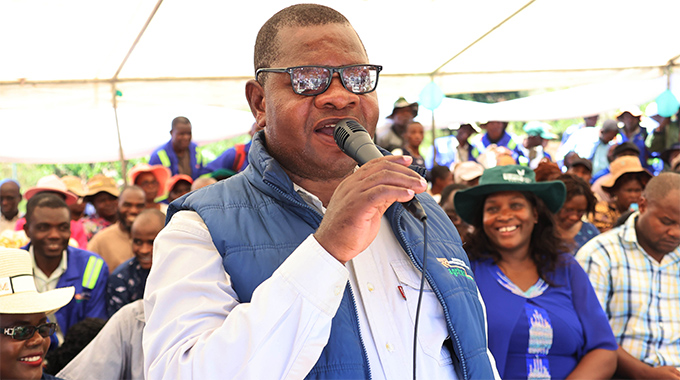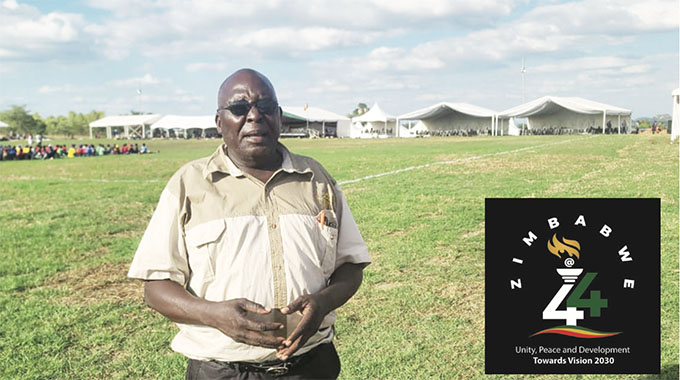REF projects improve rural communities’ livelihoods
Elita Chikwati Senior Reporter
The Rural Electrification Fund (REF) projects have improved the livelihoods of people in rural areas after it electrified 9 345 institutions.
The institutions include schools, clinics, chief’s homesteads, business centres, farms and Government offices.
In an interview at the Zimbabwe Agricultural Show yesterday, REF public relations and marketing executive Mr Johannes Nyamayedenga said the organisation had so far electrified 9 345 public institutions and households since 2002.
“We have made meaningful progress despite the challenges we are facing,” he said.
“As REF, we are spearheading electrification of rural areas and this has improved lifestyles of people in the communal areas.
“We have managed to reduce rural-to-urban migration as people in the communal areas now can access services in their locality. Small businesses are now operating at rural business centres and this has also created employment.”
Mr Nyamayedenga said the electricity was not only for lighting, but also empowerment of communities to engage in income-generating projects such as irrigation, welding and carpentry.
“Some schools now have ICT centres and students can now access the Internet,” he said.
“Most schools in the communal areas now study science subjects. Rural health centres have now improved their health delivery systems. Some clinics could not keep medication as they did not have refrigerators, but now they can keep the medicines for themselves.”
Of the 9 345 public institutions that have been electrified, 2 778 are primary schools, 1 360 secondary schools, 874 clinics, 265 chiefs’ homesteads, 951 business centres, 1 181 villages, 783 farms, 412 Government institutions and 811 other public institutions.
Mr Nyamayedenga said REF was promoting use of renewable energy sources and had so far established biogas technology at 76 institutions, and 422 mini grids solar energy sources and 425 mobile solar facilities for schools and police satellite stations.
“Biogas has advantages as it provides methane gas for cooking, heating and lighting,” he said.
“The waste is also used as organic fertilisers.”
Mr Nyamayedenga also highlighted some of the challenges that were affecting the projects.
“Some companies that supply materials require payments in foreign currency, but we pay in local currency using the prevailing interbank rates,” he said.






Comments